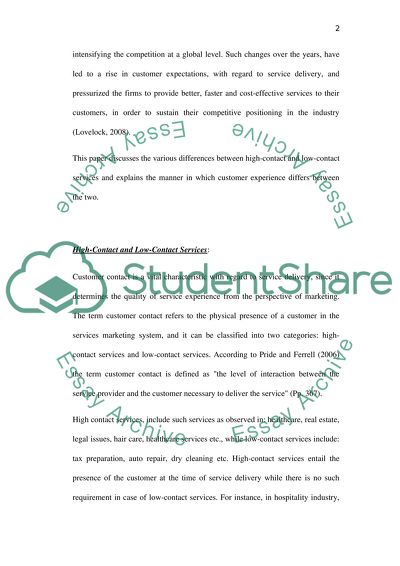Cite this document
(“Introduction to services marketing Essay Example | Topics and Well Written Essays - 2250 words”, n.d.)
Retrieved de https://studentshare.org/marketing/1390470-introduction-to-services-marketing
Retrieved de https://studentshare.org/marketing/1390470-introduction-to-services-marketing
(Introduction to Services Marketing Essay Example | Topics and Well Written Essays - 2250 Words)
https://studentshare.org/marketing/1390470-introduction-to-services-marketing.
https://studentshare.org/marketing/1390470-introduction-to-services-marketing.
“Introduction to Services Marketing Essay Example | Topics and Well Written Essays - 2250 Words”, n.d. https://studentshare.org/marketing/1390470-introduction-to-services-marketing.


